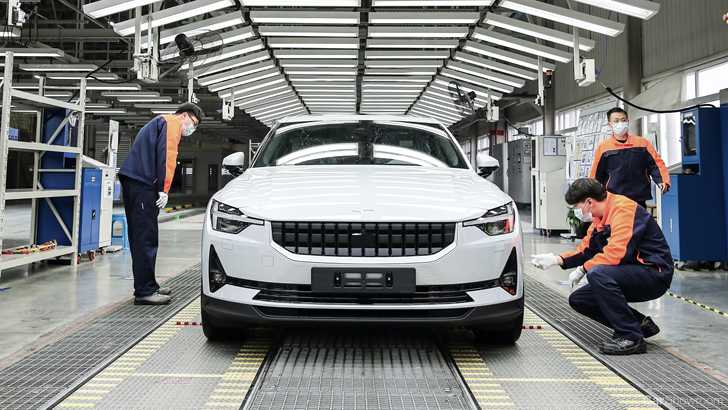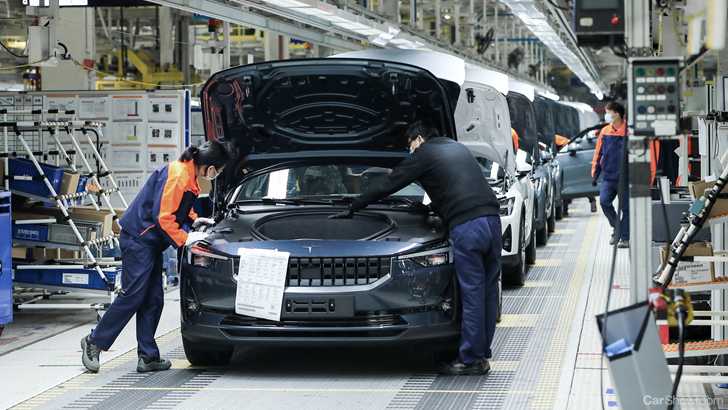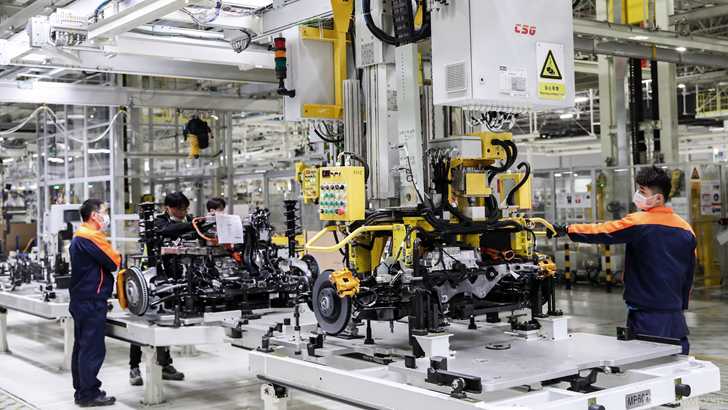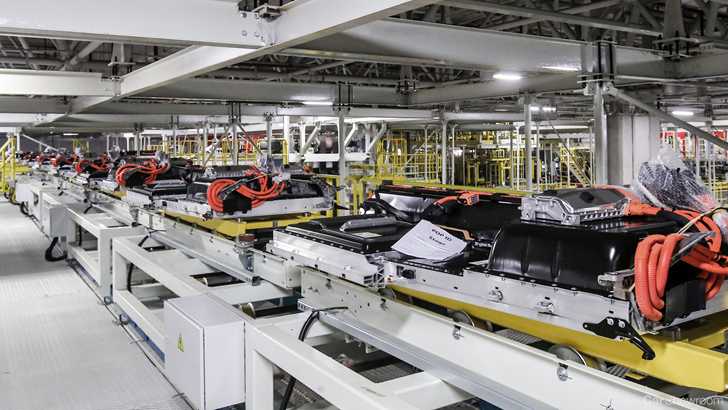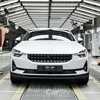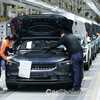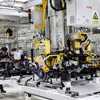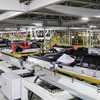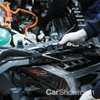Amidst the global viral pandemic, some good news is coming out of China. The electric performance marque jointly-owned by Volvo Group and Geely has announced this week that their Polestar 2 sport saloon will begin production.
The Tesla Model 3 rival will be produced at the company’s Luqiao plant – which also produces the Volvo XC40 SUV – in eastern China, and is slated for initial deliveries into Europe, followed up by the Chinese and North American markets.
But how has Polestar put the 2 into production amidst the viral pandemic? China was where the virus first swept through the population. However, more Chinese factories are reopening as the epicentre of the virus shifts to Europe and North America.
Furthermore, ahead of the formal announcement, Polestar fired off an email to both future owners and fans globally which said the company is taking the coronavirus outbreak very seriously. Polestar is apparently taking stringent precautions to prevent viral transmission by consistently taking and monitoring employee body temperatures, decontaminating all work spaces and surfaces while also supplying employees with facemasks. The company is claiming zero cases of the disease.
“The world is facing enormous upheaval in the face of the coronavirus pandemic,” comments Polestar CEO, Thomas Ingenlath. “We start production now under these challenging circumstances, with a strong focus on the health and safety of our people. This is a great achievement and the result of huge efforts from the staff in the factory and the team securing the supply chain. I have a huge amount of respect for the entire team – thanks to them!”
The Polestar 2 – which was officially shown off in February 2019 – is an all-wheel drive sport saloon which’s powered by an electric motor on each axle, puts out 300kW of power and 660Nm of torque. The dual e-motor setup is fed by a 78kWh battery-pack, which enables a range of 470 km on the WLTP cycle.
Also, the Polestar 2 is the first production vehicle to feature a built-in infotainment system that’s powered by Android OS, which embeds Google services such a Google Assistant, Google Maps and of course Google’s Play Store. We should also point out that this system is not be confused with Android Auto which is a secondary interface that runs atop an operating system. Android OS, for the uninitiated, is an open-source operating system (OS) which runs on Linux. What Google have done in this case is modify the system to run in a car instead of a smartphone.
For more Information and for the best deal on your next brand new car, please do not hesitate in visiting our Showroom.
